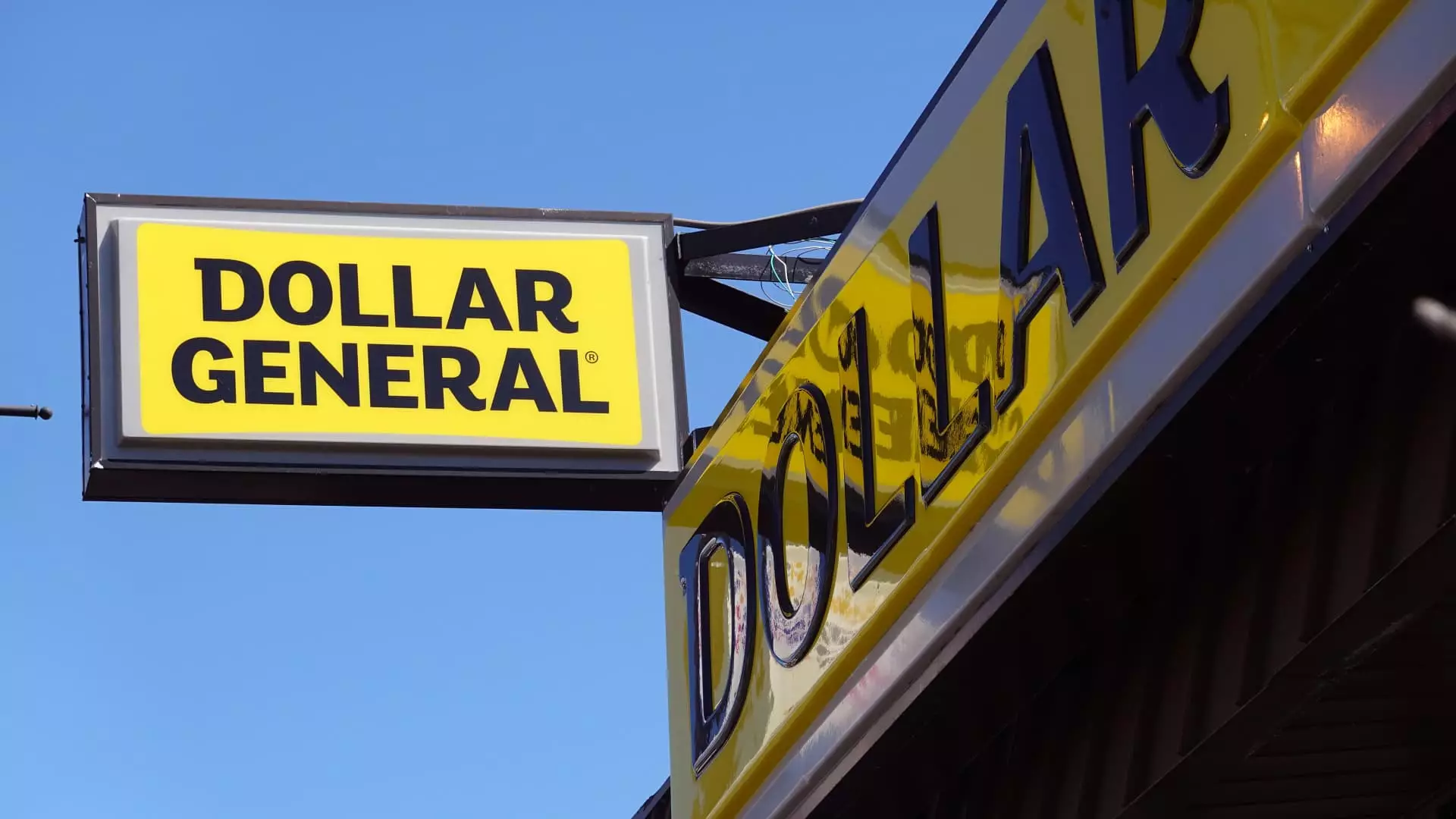Dollar General, a discount retailer catering to lower-income customers, faced a significant setback as its shares plummeted by 25% following a revision in its sales and profit forecast for the fiscal year. The company, which predominantly serves rural areas, now anticipates only a 1.0% to 1.6% increase in same-store sales for the year, much lower than the previously projected 2% to 2.7% growth. Similarly, the earnings per share are expected to range from $5.50 to $6.20, a significant decrease from the previous estimate of $6.80 to $7.55 per share.
CEO Todd Vasos attributed the softer sales trends to financially constrained core customers but also emphasized the importance of focusing on factors within the company’s control. Although acknowledging the need for improvement, Dollar General highlighted the necessity of enhancing store operations and inventory management to mitigate losses. The company’s restructuring efforts come in light of the challenges posed by the ongoing economic situation that has impacted the purchasing power of its target demographic.
In the second fiscal quarter, Dollar General fell short of Wall Street expectations, reporting earnings per share of $1.70 versus the anticipated $1.79 and revenue of $10.21 billion compared to the estimated $10.37 billion. The company’s net income for the period ending Aug. 2 totaled $374 million, translating to $1.70 per share, lower than the $469 million, equating to $2.13 per share, recorded a year earlier. Despite a 4.2% increase in sales to $10.21 billion from $9.80 billion in the previous year, Dollar General struggled to meet analyst projections.
Following the disappointing earnings report, Dollar General experienced a sharp decline in its stock price, prompting concerns among investors about the company’s ability to navigate the challenging retail landscape successfully. Additionally, the adverse performance of Dollar General had a ripple effect on its competitor, Dollar Tree, which also saw a more than 7% drop in early trading. The simultaneous downturn in both companies underscored the broader economic pressures affecting the retail sector, particularly businesses catering to price-sensitive consumer segments.
Dollar General’s recent financial struggles and revised guidance reflect the underlying challenges faced by retailers focusing on budget-conscious customers. The heightened competition, evolving consumer preferences, and economic uncertainties have necessitated a strategic reassessment by Dollar General to sustain its market position and drive long-term growth. By addressing operational inefficiencies and adapting to changing market dynamics, Dollar General can enhance its resilience and competitiveness in the retail industry.

